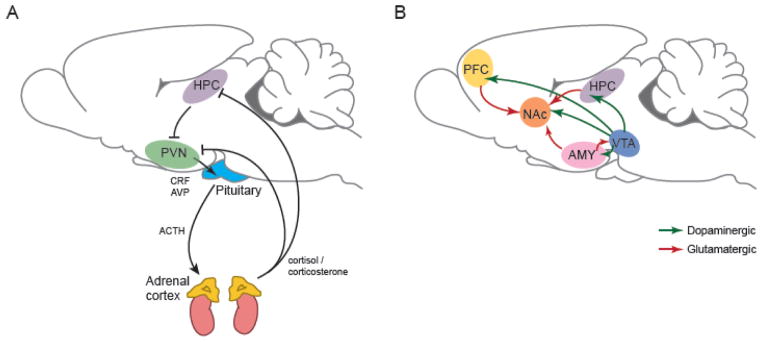Figure 1. Epigenetic dysregulation in the HPA-axis and reward circuitry is implicated in psychiatric disorders.

A majority of research on altered epigenetic regulation in depression and other stress-related disorders has focused on changes within the hypothalamic-pituitary-adrenal (HPA) axis (A) and the brain’s reward circuitry (B), depicted here in rodent brain. Studies examining effects of early life manipulations on epigenetic regulation of behavior have focused on changes within the HPA axis, in contrast to adult studies, which have concentrated on epigenetic alterations in reward circuitry.
A) Main components of the HPA axis: corticotropin releasing factor (CRF) and vasopressin (AVP) from the paraventricular nucleus of the hypothalamus (PVN) stimulates adrenocorticotropic hormone (ACTH) release from the anterior pituitary, which induces glucocorticoid (cortisol [human] or corticosterone [rodent]) release from the adrenal cortex. Glucocorticoid receptors (GRs) in the hippocampus (HPC) and other brain regions mediate negative feedback to reduce the stress response. B) Depicted are the major components of the limbic-reward circuitry: dopaminergic neurons (green) project from ventral tegmental area (VTA) to nucleus accumbens (NAc), prefrontal cortex (PFC), amygdala (AMY), and HPC. NAc receives excitatory glutamatergic innervation (red) from HPC, PFC, and AMY.
